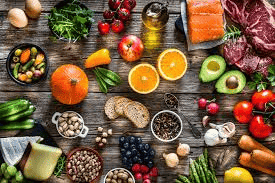Good flavour can affect the way that a dish is received and world renowned chefs pride themselves on being able to put together incredible flavour combinations that will use the flavourings in the ingredients that they use as well as enhancing them with flavourings that you can find from Flavouring Manufacturers such as Stringer Flavour

We don’t just use our tongues to detect flavours. Taste, smell, touch, sight, sound, temperature, trigeminality (the annoying odour aspect as encountered when consuming chilli or horseradish) and interoception (stimuli that occur within the body) are all involved in producing the sensation we call flavour in our brains.
Colour influences the understanding of flavour. In general, red wines are described in terms of red or dark objects, and white wines are described in terms of light or yellow objects. Researchers at the School of Enology at the University of Bordeaux noticed that they preferred to use adjectives normally reserved for red wines when students were given white wine, tinted red with a flavourless additive, and asked to describe it.

The definition and description of food can influence its taste. If they are defined as soy protein and yoghurt, protein bars taste less good, and when presented as full fat or high fat, ice cream is perceived to be more flavorful.
It is thought that our development of taste happens before birth and that the items that a mother eats during pregnancy will have an impact on the items that the child will have after birth.
